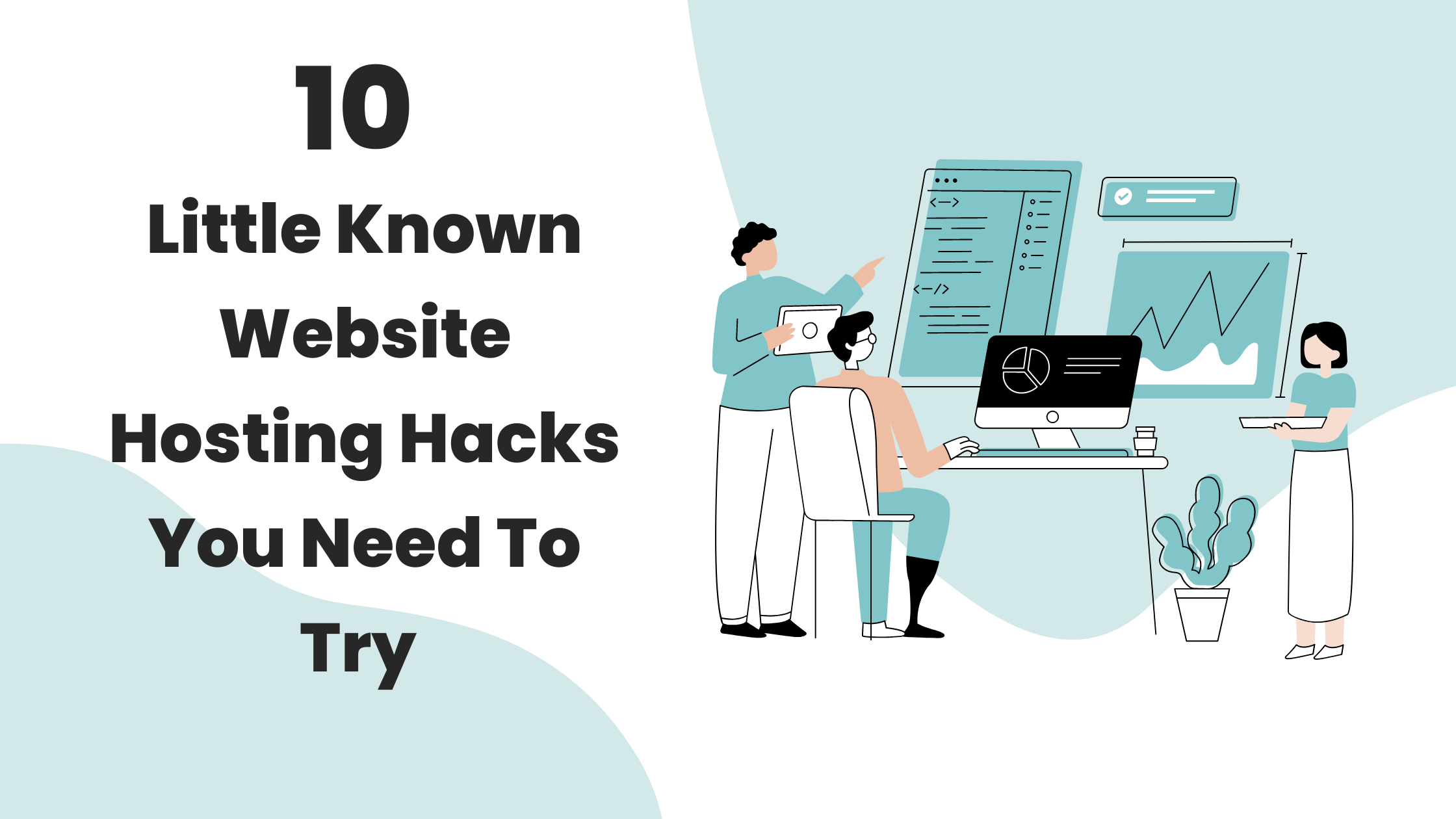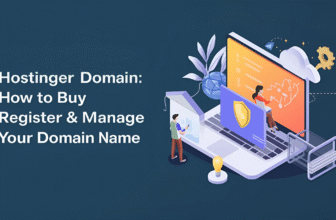
Are you looking to make your website faster, safer, and easier to manage? Well, you’re in the right place! Here are ten little-known website hosting hacks that can help you get the most out of your hosting service. These tips are easy to follow and can make a big difference. Let’s dive in!
Related: Compare Best Website Hosting Services
1. Use a Content Delivery Network (CDN)
A Content Delivery Network (CDN) can make your website faster by storing copies of your site’s files on servers around the world. This way, when someone visits your site, the server closest to them delivers the content. This reduces loading times and makes your site faster for everyone.
How to do it: Most hosting providers offer CDN services. Check if yours does, and if not, services like Cloudflare offer free CDN plans.
2. Enable GZIP Compression
GZIP compression reduces the size of your website’s files, making them faster to load. It’s like zipping up a file on your computer – smaller files mean faster transfer times.
How to do it: Many hosting providers have GZIP compression options in their control panels. If not, you can enable it by adding a few lines of code to your .htaccess file.
3. Choose the Right Hosting Plan
Not all hosting plans are created equal. Shared hosting is great for small websites but can be slow if your site gets a lot of traffic. VPS (Virtual Private Server) hosting is faster but costs more.
How to do it: Assess your website’s needs. If you’re starting small, shared hosting is fine. As your site grows, consider upgrading to VPS or dedicated hosting.
4. Keep Your Software Updated
Outdated software can slow down your site and make it vulnerable to hackers. Regular updates keep your site running smoothly and securely.
How to do it: Set a reminder to check for updates regularly. Most hosting services and content management systems (like WordPress) offer automatic updates.
5. Optimize Your Images
Large images can slow down your site. By optimizing your images, you can reduce their size without losing quality, making your site faster.
How to do it: Use tools like TinyPNG or ImageOptim to compress your images before uploading them. Some plugins can also optimize images automatically.
6. Use a Lightweight Theme
Themes with lots of features and animations might look cool but can slow down your site. A lightweight theme loads faster and is easier to manage.
How to do it: Look for themes known for their speed and simplicity. WordPress has many lightweight themes that are free and easy to customize.
7. Implement Caching
Caching stores a version of your site so it loads faster for visitors. This can significantly reduce load times, especially for returning visitors.
How to do it: Most hosting providers offer caching solutions. You can also use plugins like W3 Total Cache or WP Super Cache for WordPress.
8. Monitor Your Site’s Performance
Regularly checking your site’s performance can help you spot issues before they become problems. Tools like Google PageSpeed Insights provide valuable insights.
How to do it: Use free tools like Google PageSpeed Insights, GTmetrix, or Pingdom to monitor your site’s speed and performance regularly.
9. Secure Your Site with HTTPS
HTTPS makes your site more secure and can improve your SEO rankings. It encrypts data between your site and your visitors, protecting it from hackers.
How to do it: Many hosting providers offer free SSL certificates. If yours doesn’t, you can get one from services like Let’s Encrypt.
10. Clean Up Your Database
Over time, your website’s database can get cluttered with old data, slowing down your site. Cleaning up your database can improve performance.
How to do it: Use plugins like WP-Optimize to clean up your WordPress database. Regularly remove spam comments, old drafts, and other unnecessary data.
Final Thoughts
By trying these ten hacks, you can make your website faster, more secure, and easier to manage. Whether you’re a beginner or a pro, these tips can help you get the most out of your hosting service. Happy hosting!






